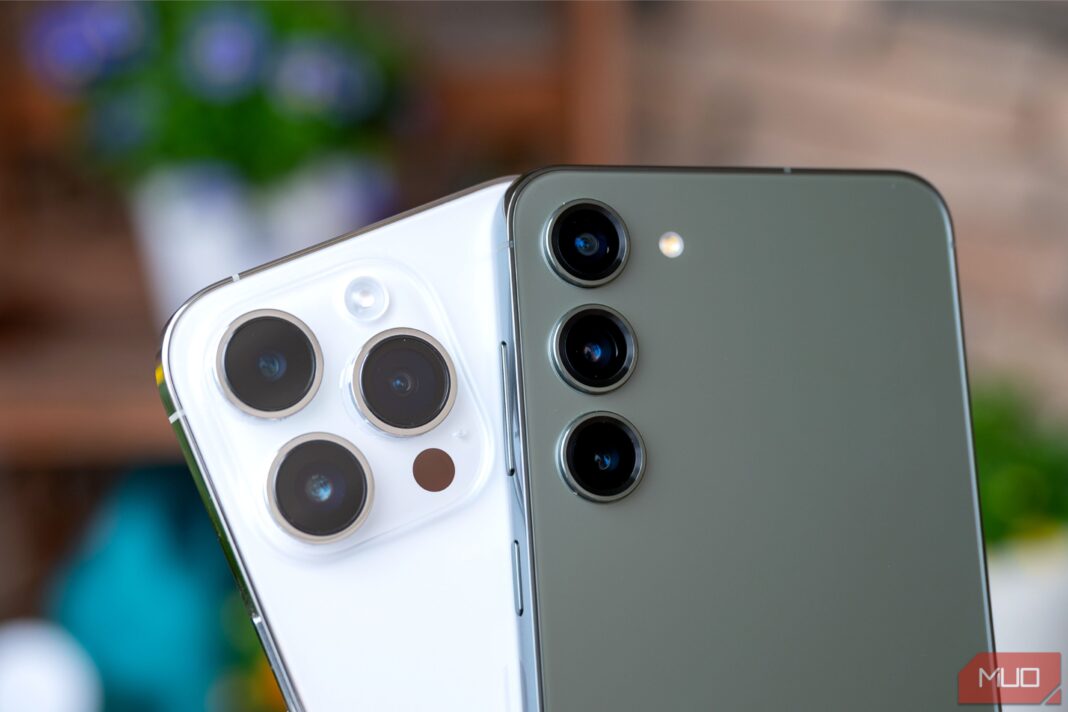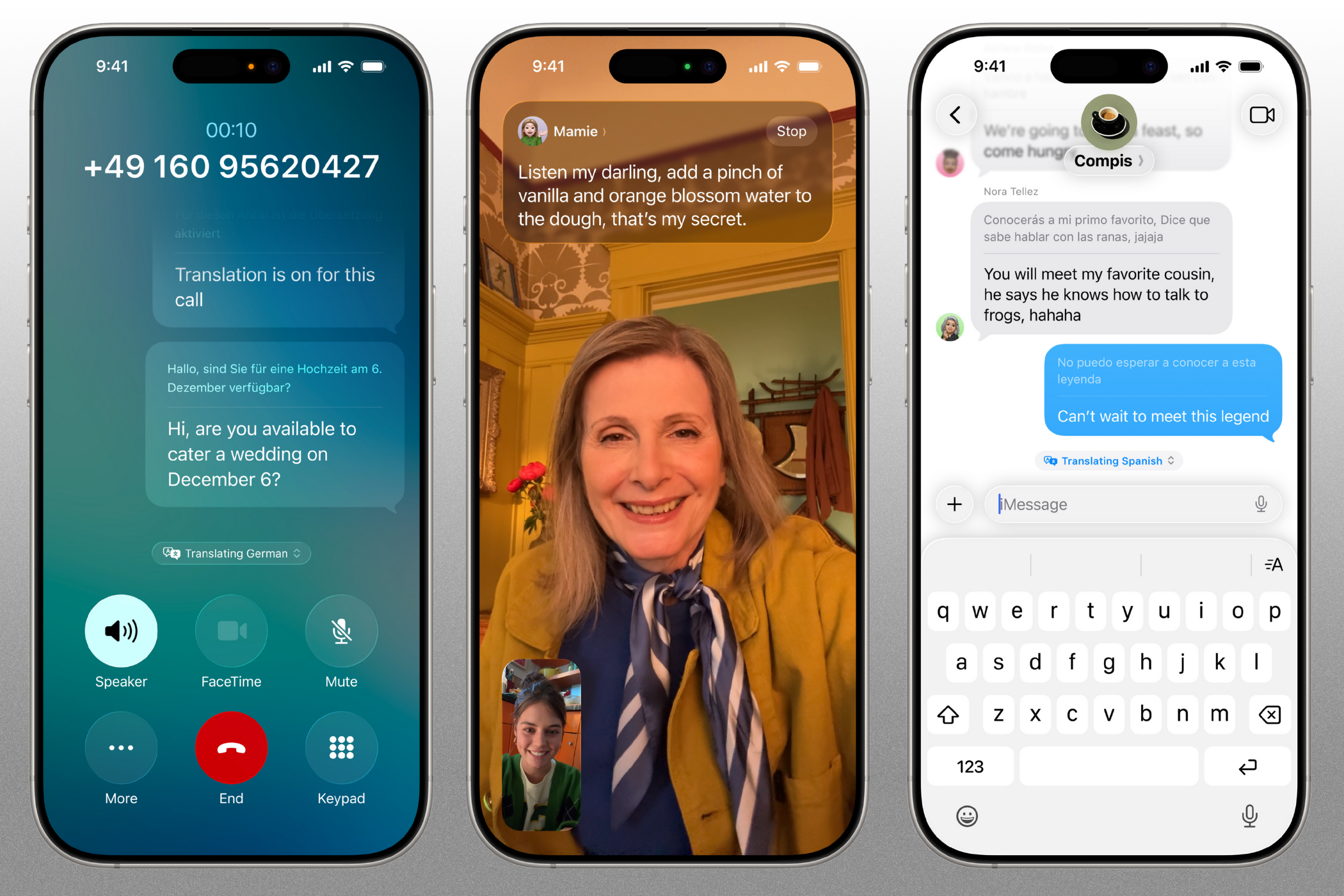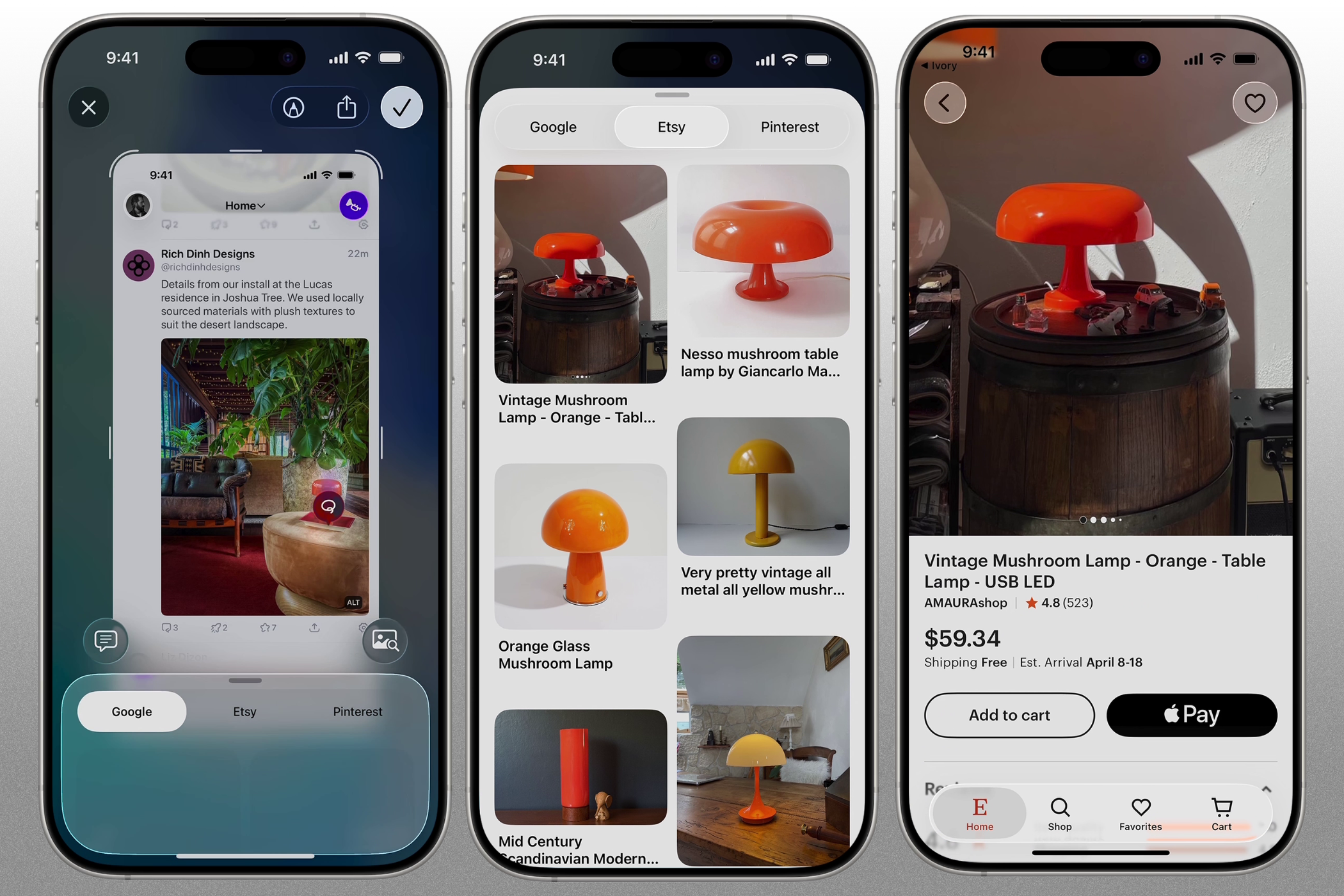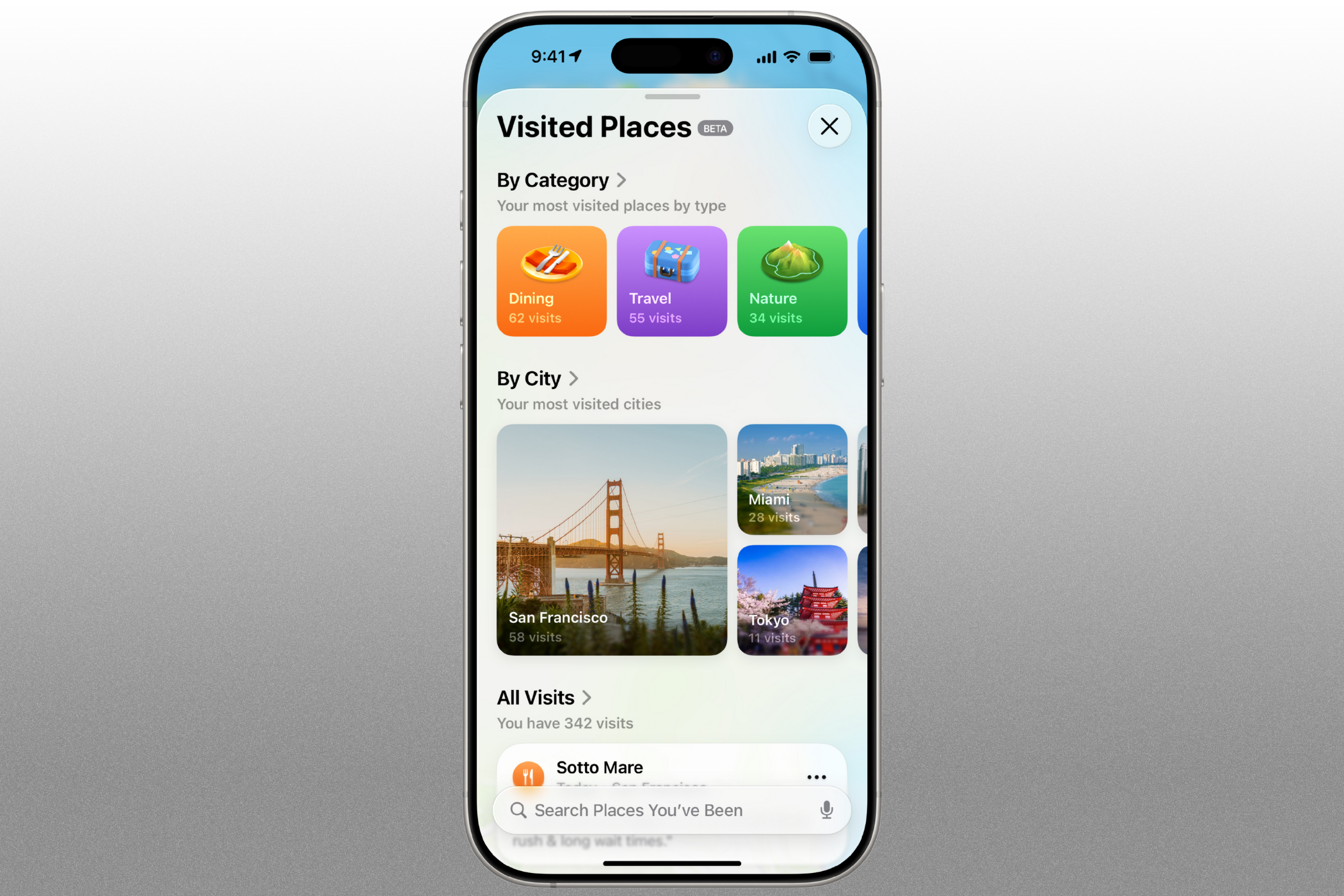Apple’s upcoming iOS 26 update promises more than just a visual refresh with its sleek new Liquid Glass look. It’s also playing catch-up, finally adding some of the best features Android users have had for years.
6
Call Screening
If you’ve ever been caught off guard by a call from an unknown number, only to be greeted by a robocall, you’ll probably like what’s coming in iOS 26. Apple is adding a new Call Screening feature that answers unfamiliar calls for you. Rather than picking up blindly, you’ll see a live transcription of what the caller is saying. You can then decide whether to jump in or let it head to voicemail.
Android phones have been able to use Call Screen since 2018, a feature that lets Google Assistant answer and transcribe calls. Samsung Galaxy devices offer something similar, letting you use Bixby Text Call, which turns voice calls into a text chat.
iOS 26 will also bring a feature called Hold Assist. It activates when you’re stuck listening to hold music, automatically muting your end until a real person joins the call. Google’s Pixel devices already offer something similar with a feature called “Hold for Me,” which waits on hold for you and lets you know when someone picks up.
5
Spam Message Detection
Another iOS 26 feature that’ll cut down on spam is automatic message filtering for unknown senders. If someone who’s not in your contacts texts you, their message won’t appear in your main inbox. Instead, it’ll be tucked away in a separate folder.
Your iPhone won’t even ring or show those messages on the lock screen. Once you open the folder, you can mark the sender as known or simply delete the message.
Now, if you’ve been using Android for any length of time, this might not sound all that exciting. And you’re right to feel that way. Google Messages has had similar spam filtering and controls for years.
4
Estimated Charging Time
One of those small-but-surprisingly-useful features Android users have enjoyed for years is the simple ability to see how long it’ll take for their phone to finish charging. Plug it in, and within seconds, it’ll tell you something like “50 minutes until full.” It’s not flashy, but it’s practical. And for iPhone users, it’s been noticeably absent.
That’s finally changing. With iOS 26, Apple is adding estimated charging times to the lock screen and battery settings. As soon as you plug in your iPhone, it’ll show how long it’ll take to fully charge based on the current charging speed. If you’re using a slower charger, it’ll point that out too.
3
Live Translation
iOS 26 is bringing real-time language translation for messages, FaceTime, and regular phone calls. This means you can have a conversation with someone who speaks a different language and get live translations as you talk. And it works both ways.
Everything is processed directly on your iPhone, so your chats stay private and secure. If you’re using AirPods, your phone can even read the translations aloud while you’re talking.
Google introduced a similar feature called Live Translate with the Pixel 6. It works with phone calls, text messages, video chats, and even audio messages. Live Translate also works offline on Pixel phones, which makes it more versatile in situations without internet access.
2
Visual Intelligence
Apple’s Visual Intelligence feature isn’t new, but iOS 26 gives it a serious boost. If you spot something you like while scrolling Instagram or browsing a site—say, a jacket or a table lamp—just take a screenshot and scribble or circle the item. Your iPhone will recognize what you marked and help you find it online.
If this sounds familiar, it’s probably because Android users have had a similar feature for a while. Google’s “Circle to Search” works in much the same way on Android phones, with one key advantage—you can use Circle to Search without capturing a screenshot.
1
Visited Places in Apple Maps
Finally, Apple Maps in iOS 26 is getting a new feature called Visited Places. Just like the name implies, it’ll keep a record of where you’ve been—whether it’s restaurants, shops, parks, or stops along a trip—so you can easily look back and retrace your steps. And don’t worry, all of this data is protected with end-to-end encryption, so not even Apple can access it.
This feature will also help your iPhone learn your typical routes and routines. So, if there’s ever a delay on your usual commute or a disruption along your regular route, it can give you a heads-up.
Google Maps has offered a similar feature for years called Timeline. So, if you prefer Google Maps to Apple Maps, you can already use the Timeline feature on your iPhone.
It’s never a bad thing when one operating system draws inspiration from another, especially if it means a better experience for users. The real test, though, will come when iOS 26 rolls out and people will actually start using these features. That said, since it’s Apple, it wouldn’t be a surprise if the implementation ends up being even smoother than it is on Android.




